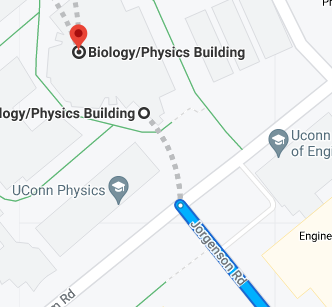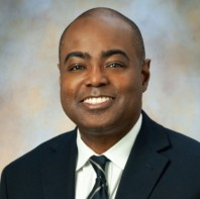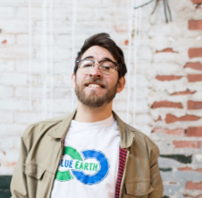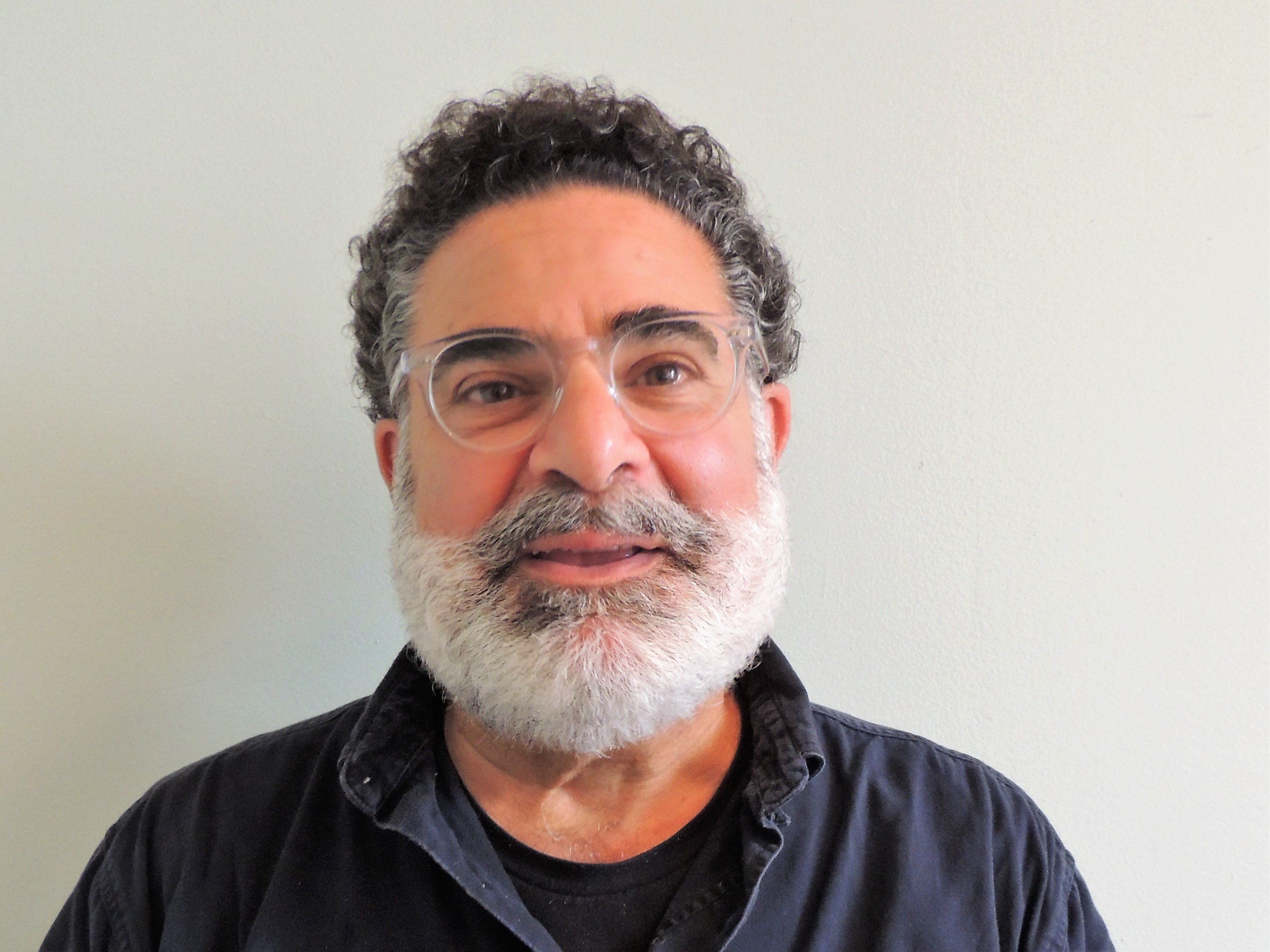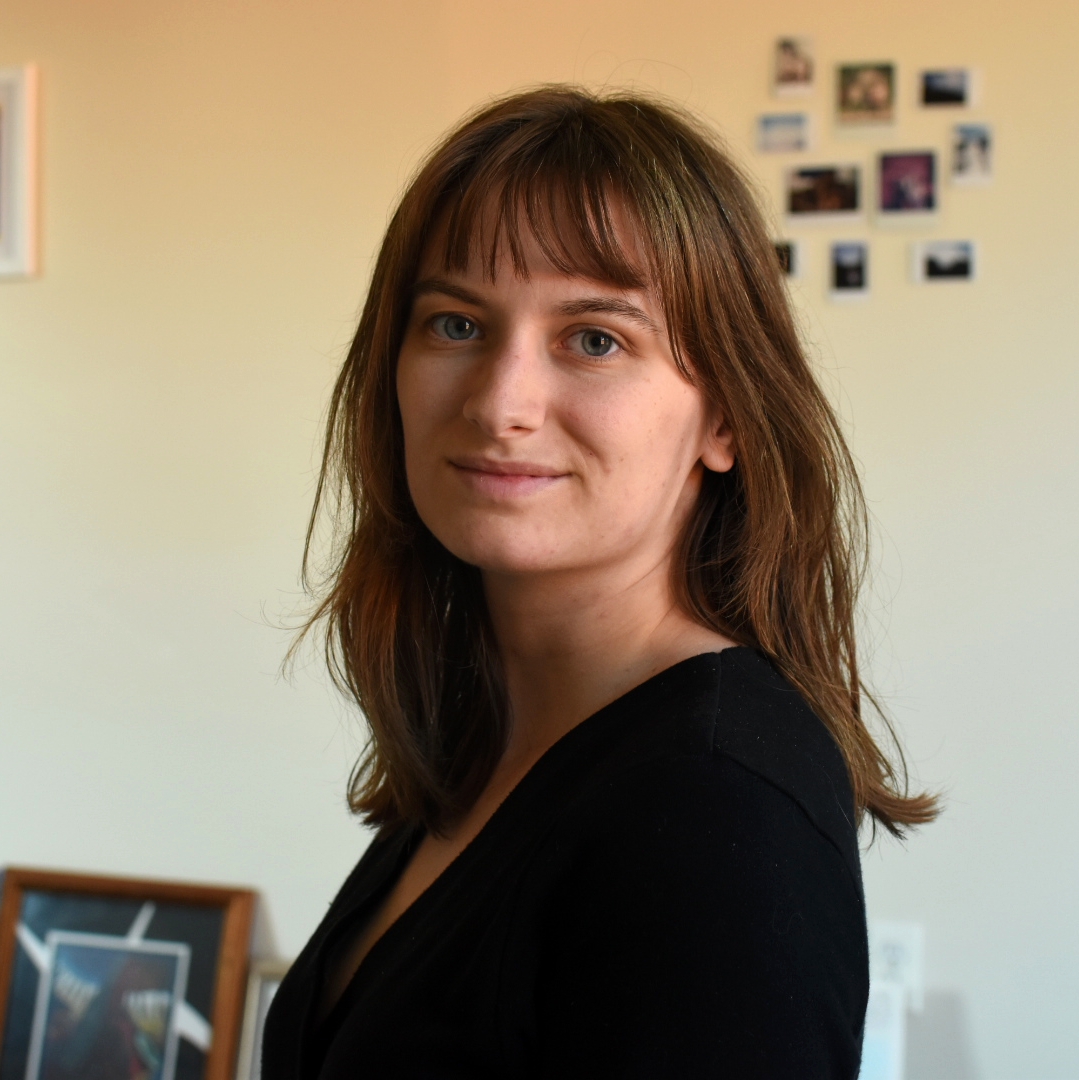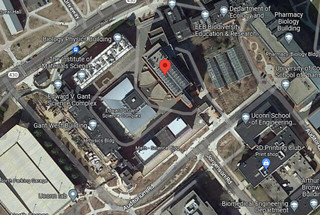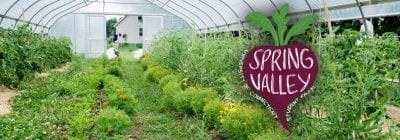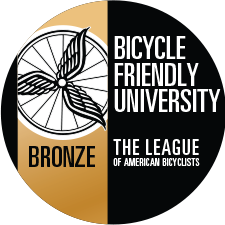The Institute of the Environment (IoE) at the University of Connecticut is pleased to announce that Joe Fullerton will serve as the new Director of the UConn Office of Sustainability. Following a thorough national search, UConn is excited to welcome Fullerton to a university known for exceptional progress on sustainability from multiple perspectives.
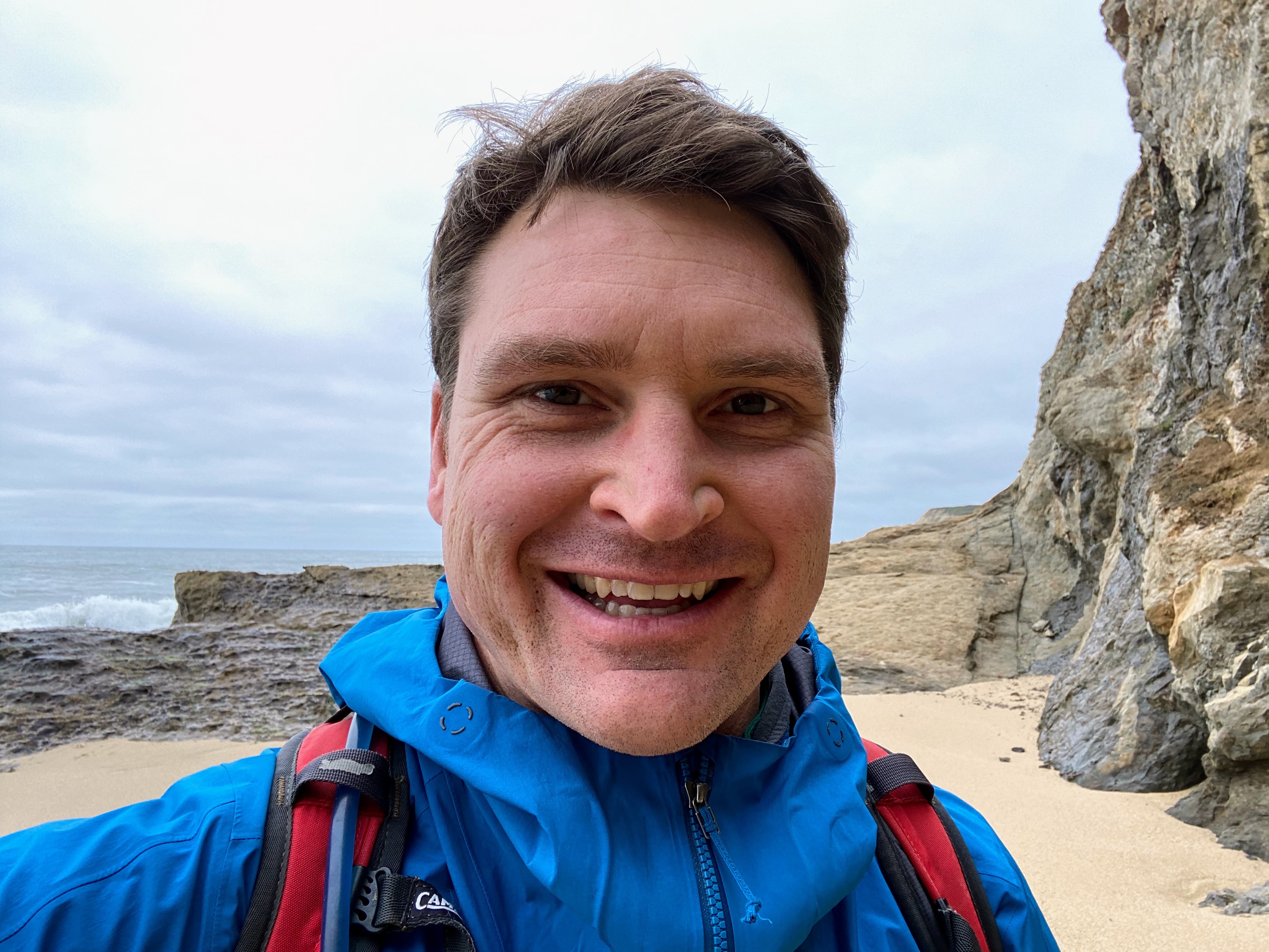 As director, Joe Fullerton will work with senior UConn administrators, students, faculty members and staff members to set and achieve sustainability goals for the university in areas like; climate action and resilience, energy and buildings, waste reduction and diversion, water resources, food and dining, grounds, purchasing, transportation, open space and natural resource stewardship and the intersection of these issues with environmental and social justice. The Office of Sustainability (OS) develops outreach and engagement programs that feature experiential learning to raise awareness and improve performance around sustainable practices and behaviors related to campus life and beyond.
As director, Joe Fullerton will work with senior UConn administrators, students, faculty members and staff members to set and achieve sustainability goals for the university in areas like; climate action and resilience, energy and buildings, waste reduction and diversion, water resources, food and dining, grounds, purchasing, transportation, open space and natural resource stewardship and the intersection of these issues with environmental and social justice. The Office of Sustainability (OS) develops outreach and engagement programs that feature experiential learning to raise awareness and improve performance around sustainable practices and behaviors related to campus life and beyond.
Fullerton has over 15 years of experience as a sustainability leader and change maker. In his most recent role, he was the Director of Energy and Sustainability programs at Prospect Silicon Valley, a San Jose, California based non-profit dedicated to accelerating the adoption of equitable cleantech solutions. For nearly a decade prior, he served as the Energy and Sustainability Manager at San Mateo County Community College District. Here, he led local and statewide efforts to advance sustainability internships and career development pathways for students as well as charting a path for decarbonization for the entire 115 California community college system by 2035.
One of the reasons Joe enjoys working in higher education is because he’s a life-long learner. He is currently an Executive MBA candidate at the Quantic School of Business and Technology. He holds a master’s degree in Sustainability Leadership from Arizona State University (ASU) and a bachelor’s in Sustainable Enterprise Management from the University of Phoenix. Additionally, Fullerton is a LEED Accredited Professional, Certified Educational Facilities Professional, and a Climate Reality Leader. His love of learning translates to teaching others. He has been a faculty associate at ASU’s School of Sustainability, and a professional sea kayaking instructor, climbing guide and mountain biking coach.
According to Mike Willig, Executive Director of the IoE, “Joe will be an exceptional leader and administrator in the OS. He strongly reflects the core values of UConn, including “students first”, “sustainability”, “innovation” and “diversity, equity, and inclusion”. His experiences working for government, corporate, and education sectors will provide broad perspectives and insights to enrich programming and inform decision making. As a collaborator and mentor, he will be engaging and caring. I am confident that he will accelerate our progress, diversify our successes, and enhance our national and international reputation in sustainability.”
“I’m thrilled to be working with faculty, staff, students and the expansive UConn campus community as Director of the Office of Sustainability. I’m committed to leading sustainability efforts with a laser focus on inclusive engagement, equitable empowerment and meaningful enrichment,” shares Joe Fullerton.
Fullerton will begin as the Director of the UConn Office of Sustainability on April 7th, 2023.
